Home>Others>Eco-Friendly Products>What Is A Compost Bin
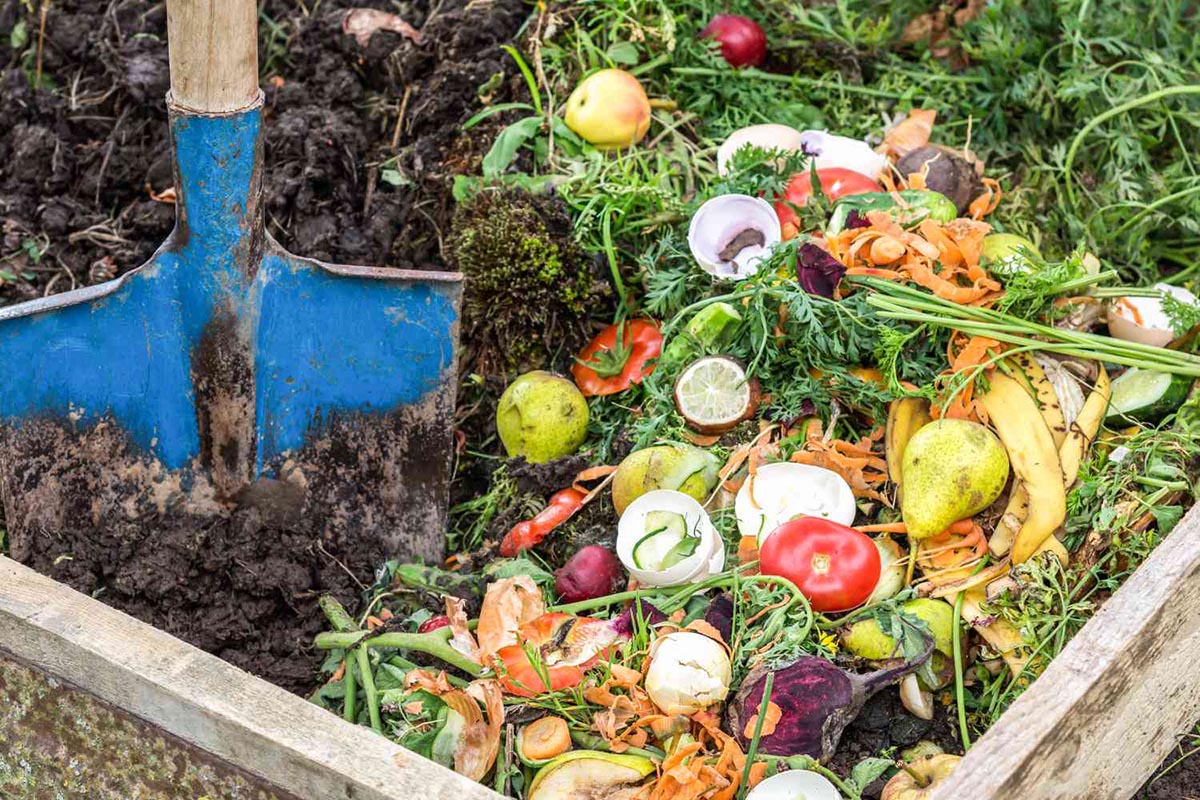

Eco-Friendly Products
What Is A Compost Bin
Modified: January 14, 2024
Discover the benefits of using a compost bin to create eco-friendly products. Learn how to reduce waste and create nutrient-rich soil for your garden. Start composting today!
(Many of the links in this article redirect to a specific reviewed product. Your purchase of these products through affiliate links helps to generate commission for Storables.com, at no extra cost. Learn more)
Introduction
Welcome to the world of composting! In today's environmentally conscious society, the concept of composting has gained significant traction, and for good reason. Composting is an eco-friendly practice that not only reduces waste but also enriches the soil, promotes sustainable living, and minimizes the carbon footprint. At the heart of this green movement lies the indispensable tool known as the compost bin.
Composting is not merely a trend; it's a time-honored tradition that has been embraced by generations. It's a simple yet powerful way to give back to the Earth, transforming organic waste into nutrient-rich soil conditioner. Whether you're an avid gardener, a sustainability enthusiast, or simply someone who cares about the environment, understanding the role of a compost bin is essential.
In this comprehensive guide, we'll delve into the world of compost bins, exploring their definition, the myriad benefits they offer, the different types available, and practical tips for using and maintaining them. By the end of this journey, you'll not only grasp the significance of compost bins in the realm of sustainability but also gain valuable insights into incorporating this eco-friendly practice into your daily life. So, let's embark on this enlightening exploration of compost bins and discover the transformative impact they can have on both the environment and our individual ecological footprint.
Key Takeaways:
- Compost bins are eco-friendly tools that turn organic waste into nutrient-rich soil, reducing landfill waste and promoting sustainable gardening practices.
- Different types of compost bins cater to various living situations, offering accessible and practical solutions for individuals to engage in sustainable composting practices.
Read more: What Not To Put In A Compost Bin
Definition of Compost Bin
A compost bin is a designated container or structure specifically designed for the purpose of composting organic materials. It serves as a controlled environment where organic waste, such as kitchen scraps, yard trimmings, and other biodegradable items, undergoes decomposition through the action of microorganisms, heat, and moisture. The primary goal of a compost bin is to facilitate the natural breakdown of organic matter, ultimately yielding nutrient-rich compost that can be utilized to enhance soil quality in gardening, landscaping, and agricultural endeavors.
Compost bins come in various shapes, sizes, and designs, ranging from simple DIY setups to sophisticated, commercially available models. They are equipped with features that optimize the composting process, such as ventilation to ensure proper airflow, insulation to retain heat, and access points for adding and removing compostable materials. The design of a compost bin is tailored to create an environment conducive to the decomposition of organic matter, fostering the proliferation of beneficial microorganisms and facilitating the conversion of waste into valuable compost.
Essentially, a compost bin acts as a microcosm of natural decomposition, harnessing the inherent processes of decay and transformation to convert organic waste into a valuable resource. By containing and managing the composting process, these bins help mitigate odors, control moisture levels, and accelerate the breakdown of materials, resulting in the production of nutrient-dense compost that can enrich the soil and support the growth of plants and vegetation.
Compost bins are a cornerstone of sustainable waste management and play a pivotal role in diverting organic materials from landfills, where they would otherwise contribute to methane emissions and environmental pollution. Through the utilization of compost bins, individuals and communities can actively participate in the cyclical process of organic matter regeneration, fostering a greener, more sustainable approach to waste disposal and soil enrichment.
Benefits of Using a Compost Bin
Embracing the use of a compost bin offers a multitude of compelling benefits, extending far beyond the realm of waste management. By integrating this eco-friendly practice into your lifestyle, you not only contribute to environmental conservation but also reap numerous advantages that positively impact both your immediate surroundings and the broader ecosystem. Let’s explore the remarkable benefits of using a compost bin:
- Waste Reduction: Compost bins provide an effective means of diverting organic waste from landfills, thereby reducing the volume of garbage destined for disposal. By composting kitchen scraps, yard trimmings, and other biodegradable materials, individuals can significantly diminish their household waste output, contributing to a more sustainable waste management system.
- Soil Enrichment: The nutrient-rich compost produced in a compost bin serves as a natural soil conditioner, enhancing the fertility and structure of the soil. When incorporated into gardens, lawns, or agricultural plots, compost enriches the earth, promotes healthy plant growth, and improves water retention, ultimately fostering thriving, resilient vegetation.
- Environmental Preservation: Composting mitigates the environmental impact of organic waste decomposition in landfills, where it generates methane, a potent greenhouse gas. By diverting organic materials to compost bins, individuals contribute to the reduction of greenhouse gas emissions and environmental pollution, aligning with sustainable waste management practices.
- Sustainable Gardening: Compost serves as a natural alternative to chemical fertilizers, offering a holistic approach to nurturing plants and crops. By using compost from a bin, gardeners can cultivate healthier, more robust plants while minimizing reliance on synthetic fertilizers, thereby supporting sustainable and eco-conscious gardening practices.
- Cost Savings: Incorporating compost into gardening and landscaping endeavors reduces the need for store-bought fertilizers and soil conditioners, resulting in potential cost savings for individuals and communities. Furthermore, the utilization of compost from a bin can lead to improved plant health and yield, offering long-term economic benefits.
- Community Engagement: Composting fosters a sense of community engagement and environmental stewardship, providing opportunities for individuals, neighborhoods, and organizations to collaborate in sustainable waste management initiatives. By sharing knowledge and resources related to composting, communities can collectively contribute to a greener, more sustainable future.
These benefits collectively underscore the transformative impact of using a compost bin, highlighting its role in promoting sustainability, resource conservation, and environmental well-being. By harnessing the power of composting, individuals can actively participate in the preservation of the planet while reaping tangible rewards that extend from their own backyard to the global community.
Types of Compost Bins
Compost bins are available in a diverse array of designs, each tailored to accommodate different preferences, space constraints, and composting needs. From compact containers suitable for urban dwellers to larger, more robust structures ideal for expansive gardens, the variety of compost bins ensures that there’s a suitable option for every composting enthusiast. Let’s explore some common types of compost bins:
- Tumbler Compost Bins: These innovative bins feature a cylindrical or barrel-shaped design mounted on a frame, allowing for easy rotation or tumbling of the composting materials. Tumbler bins facilitate aeration and mixing of the compost, expediting the decomposition process and requiring minimal manual turning.
- Stationary Compost Bins: Stationary bins are typically static containers or structures designed for composting. They may include features such as access doors or removable panels for adding and retrieving compost, as well as ventilation to promote airflow and decomposition.
- Vermicomposting Bins: Vermicomposting bins, also known as worm bins, are specialized containers that accommodate the composting activities of earthworms. These bins provide a habitat for worms to break down organic matter, producing nutrient-rich vermicompost, or worm castings, prized for its exceptional soil-enhancing properties.
- DIY Compost Bins: Do-it-yourself enthusiasts can create compost bins using readily available materials such as wooden pallets, plastic storage containers, or repurposed barrels. DIY compost bins offer flexibility in size and design, allowing individuals to customize their composting setup based on their specific requirements and available resources.
- Bins for Small Spaces: Compact compost bins are tailored for urban or limited-space environments, offering efficient composting solutions without occupying significant room. These bins may include stackable or stack-and-turn designs, making them suitable for balconies, patios, or smaller outdoor areas.
- Compost Tumblers: Similar to tumbler bins, compost tumblers are self-contained units that facilitate the aerobic decomposition of organic materials through regular rotation. These bins are ideal for individuals seeking a convenient, enclosed composting system that minimizes odors and accelerates the composting process.
Each type of compost bin presents unique features and advantages, catering to diverse composting preferences and logistical considerations. Whether you’re a gardening enthusiast with ample outdoor space or a city dweller seeking a compact composting solution, the availability of various compost bin types ensures that everyone can actively participate in this sustainable practice, regardless of their living situation or environmental context.
A compost bin is a container used to decompose organic materials like food scraps and yard waste into nutrient-rich compost. It’s important to mix green (nitrogen-rich) and brown (carbon-rich) materials to create a healthy compost pile.
How to Use a Compost Bin
Using a compost bin effectively involves a combination of thoughtful practices, strategic layering of materials, and regular maintenance to ensure optimal conditions for the composting process. By following these essential guidelines, individuals can harness the full potential of their compost bin and transform organic waste into valuable, nutrient-rich compost:
- Choose an Appropriate Location: Select a suitable location for the compost bin, ideally in a well-drained area with good air circulation. Ensure that the site is easily accessible for adding materials and retrieving finished compost.
- Layer Organic Materials: Begin by layering organic materials in the compost bin, alternating between green materials rich in nitrogen (e.g., fruit and vegetable scraps, grass clippings) and brown materials high in carbon (e.g., dry leaves, straw, shredded paper). This balanced layering provides the necessary carbon-to-nitrogen ratio for efficient decomposition.
- Add Microbial Inoculants: Introduce microbial inoculants, such as finished compost or commercial compost starter, to kick-start the decomposition process and inoculate the bin with beneficial microorganisms that aid in breaking down organic matter.
- Maintain Moisture Levels: Monitor the moisture content within the compost bin, ensuring that the materials remain consistently moist, akin to a wrung-out sponge. Regularly water dry or excessively compacted areas to maintain an optimal environment for microbial activity.
- Aerate the Compost: Turn or aerate the compost regularly to introduce oxygen and promote even decomposition. For tumbler bins, utilize the rotating mechanism to mix the materials, while stationary bins may require manual turning using a pitchfork or compost aerator.
- Monitor and Adjust: Keep an eye on the composting process, observing temperature, moisture, and odor levels. Adjust the carbon-to-nitrogen ratio as needed by adding more brown or green materials to maintain a balanced composition in the bin.
- Harvest the Compost: Once the compost reaches a dark, crumbly texture and exhibits an earthy aroma, it is ready for harvest. Remove the finished compost from the bottom or designated access point of the bin, using it to enrich soil, improve plant growth, and foster a thriving garden or landscape.
By following these steps and maintaining a consistent approach to composting, individuals can effectively utilize their compost bin to transform organic waste into a valuable resource, contributing to sustainable gardening practices and environmental conservation.
Read more: What Goes In A Compost Bin
Tips for Maintaining a Compost Bin
Maintaining a compost bin involves proactive care and attention to ensure the ongoing success of the composting process. By implementing these practical tips, individuals can optimize the performance of their compost bin and foster a thriving environment for the decomposition of organic materials:
- Balance the Compost: Strive to maintain a balanced composition of green and brown materials within the compost bin, ensuring an appropriate carbon-to-nitrogen ratio for efficient decomposition. This equilibrium supports the activity of beneficial microorganisms and accelerates the breakdown of organic matter.
- Monitor Moisture Levels: Regularly assess the moisture content of the compost, aiming for a damp, but not waterlogged, consistency. Adjust moisture levels as needed by adding water to dry areas or incorporating dry materials to absorb excess moisture and promote proper aeration.
- Regulate Airflow: Ensure adequate airflow within the compost bin to facilitate aerobic decomposition. Regularly turn or aerate the compost to introduce oxygen and prevent the development of anaerobic conditions, which may lead to unpleasant odors and incomplete decomposition.
- Control Odors: To minimize odors, avoid adding meat, dairy, or oily foods to the compost bin, as these items can attract pests and generate unpleasant smells. Instead, focus on composting fruit and vegetable scraps, eggshells, coffee grounds, and yard waste to maintain a fresh, balanced composting environment.
- Utilize Compost Cover: Consider covering the compost bin with a breathable material, such as burlap or a purpose-made compost cover, to regulate moisture, temperature, and prevent excess rainfall from saturating the composting materials.
- Manage Pests: Take proactive measures to deter pests, such as rodents or insects, from accessing the compost bin. Secure the bin with a tight-fitting lid or consider incorporating pest-resistant materials, such as wire mesh, into the bin’s design to prevent unwanted intrusions.
- Introduce Beneficial Organisms: Encourage the presence of beneficial organisms, such as earthworms and other decomposers, within the compost bin to enhance the breakdown of organic matter and enrich the compost with valuable nutrients and microbial activity.
- Regularly Harvest Compost: Harvest finished compost from the bin as it matures, creating space for ongoing decomposition and preventing overfilling. Utilize the harvested compost to nourish plants, improve soil quality, and continue the cycle of sustainability in your garden or landscape.
By incorporating these maintenance tips into your composting routine, you can cultivate a thriving composting environment within your bin, fostering the efficient decomposition of organic materials and yielding nutrient-rich compost for the benefit of your garden, landscape, and the environment at large.
Conclusion
As we conclude our exploration of compost bins, it becomes evident that these simple yet remarkable tools serve as catalysts for sustainable living, environmental stewardship, and the promotion of circular resource management. Composting, facilitated by the use of a compost bin, transcends the realm of waste reduction, extending its reach to soil enrichment, carbon footprint reduction, and the cultivation of a greener, more sustainable ecosystem.
By harnessing the power of composting, individuals can actively participate in the cyclical process of organic matter regeneration, transforming kitchen scraps, yard trimmings, and other biodegradable materials into a valuable resource that nourishes the earth and sustains plant life. Compost bins, in their diverse forms and designs, offer accessible and practical solutions for both urban and rural settings, empowering individuals to engage in sustainable practices that resonate with the principles of environmental conservation and responsible resource utilization.
Through the conscientious use of compost bins, communities can collectively contribute to the reduction of organic waste in landfills, the mitigation of greenhouse gas emissions, and the cultivation of nutrient-rich soil that supports healthy, vibrant ecosystems. Moreover, the act of composting transcends the mere transformation of waste; it embodies a harmonious relationship with nature, a commitment to preserving the planet, and a tangible demonstration of sustainable living in action.
As we embrace the potential of compost bins and integrate them into our daily lives, we embark on a journey of ecological responsibility, resourcefulness, and reverence for the natural world. The impact of a compost bin extends far beyond the confines of its structure, permeating the soil, nurturing plant life, and sowing the seeds of a more sustainable future for generations to come.
So, let us continue to embrace the transformative potential of compost bins, recognizing them not only as vessels for organic waste but as agents of positive change, sustainability, and the enduring legacy of environmental guardianship.
Frequently Asked Questions about What Is A Compost Bin
Was this page helpful?
At Storables.com, we guarantee accurate and reliable information. Our content, validated by Expert Board Contributors, is crafted following stringent Editorial Policies. We're committed to providing you with well-researched, expert-backed insights for all your informational needs.
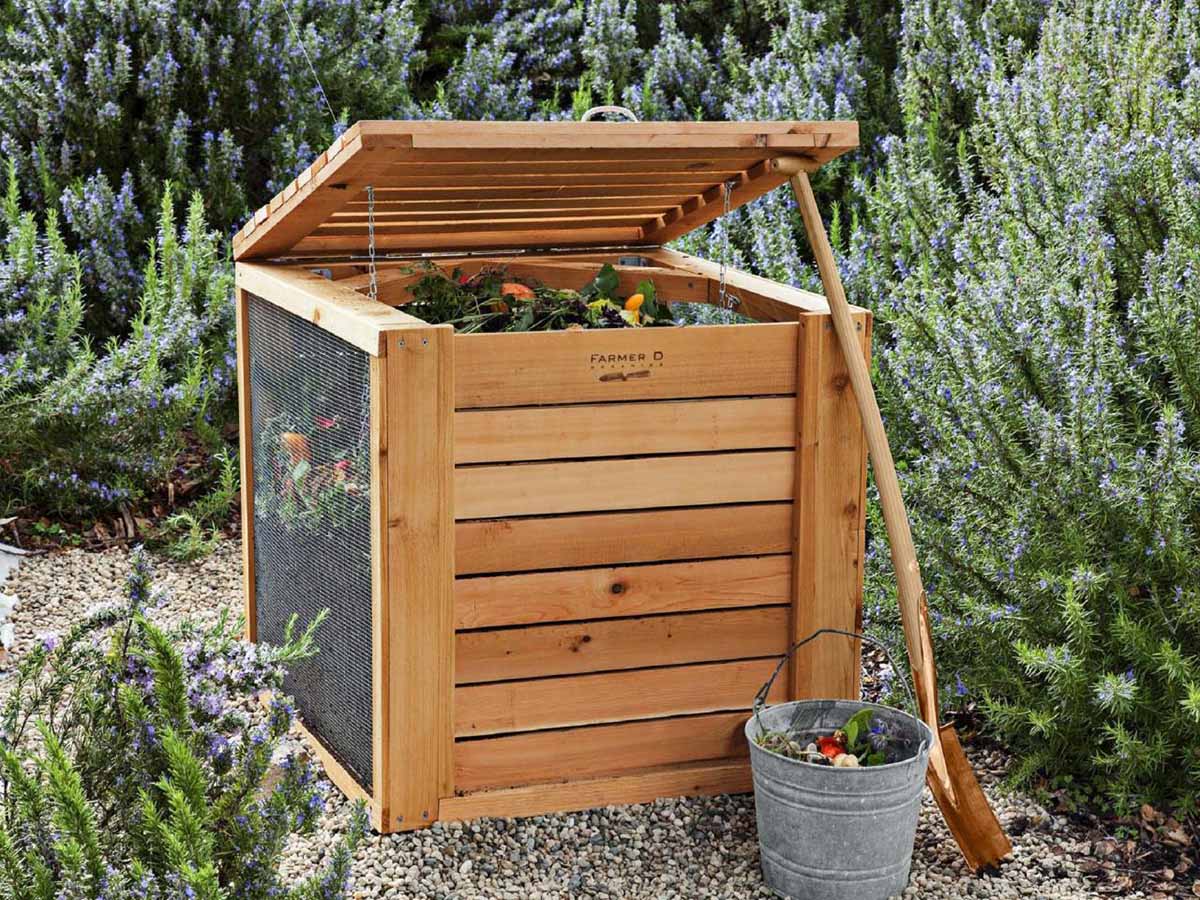
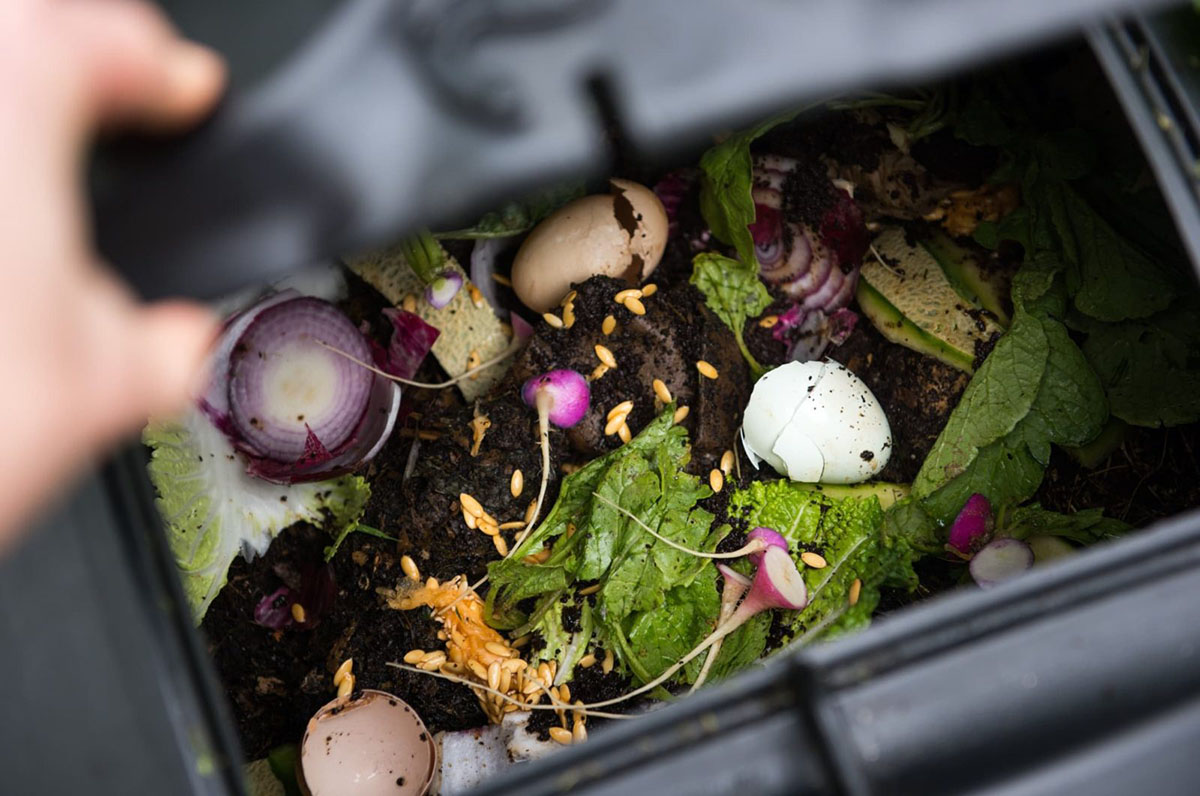
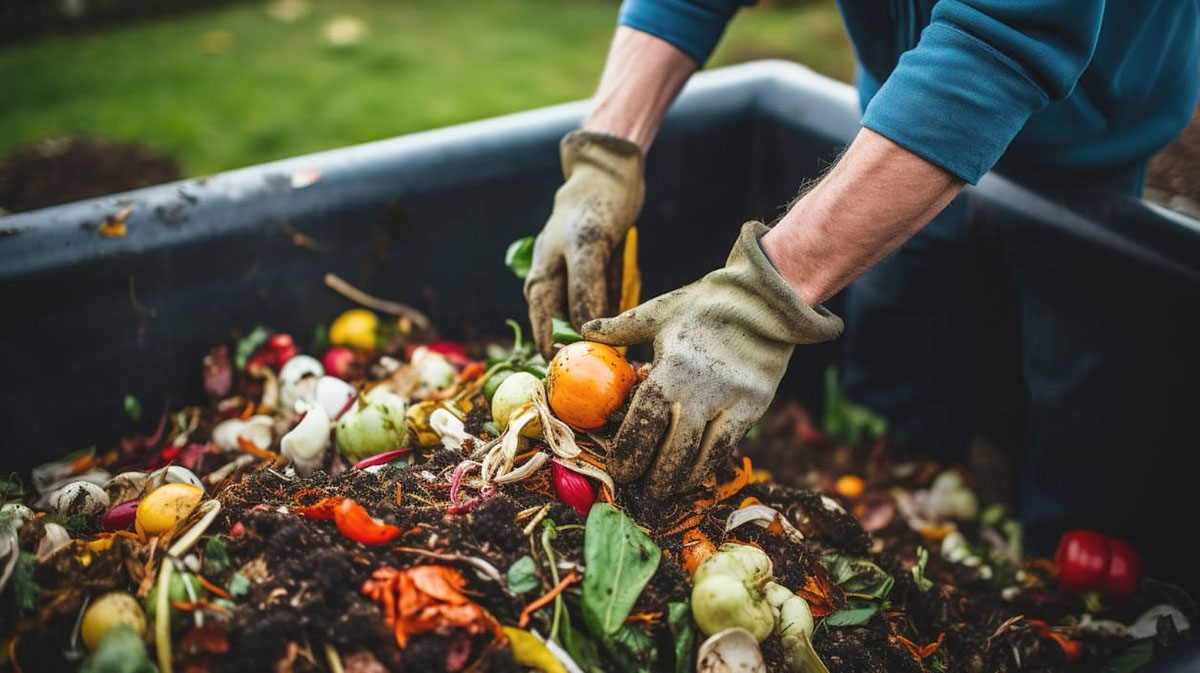
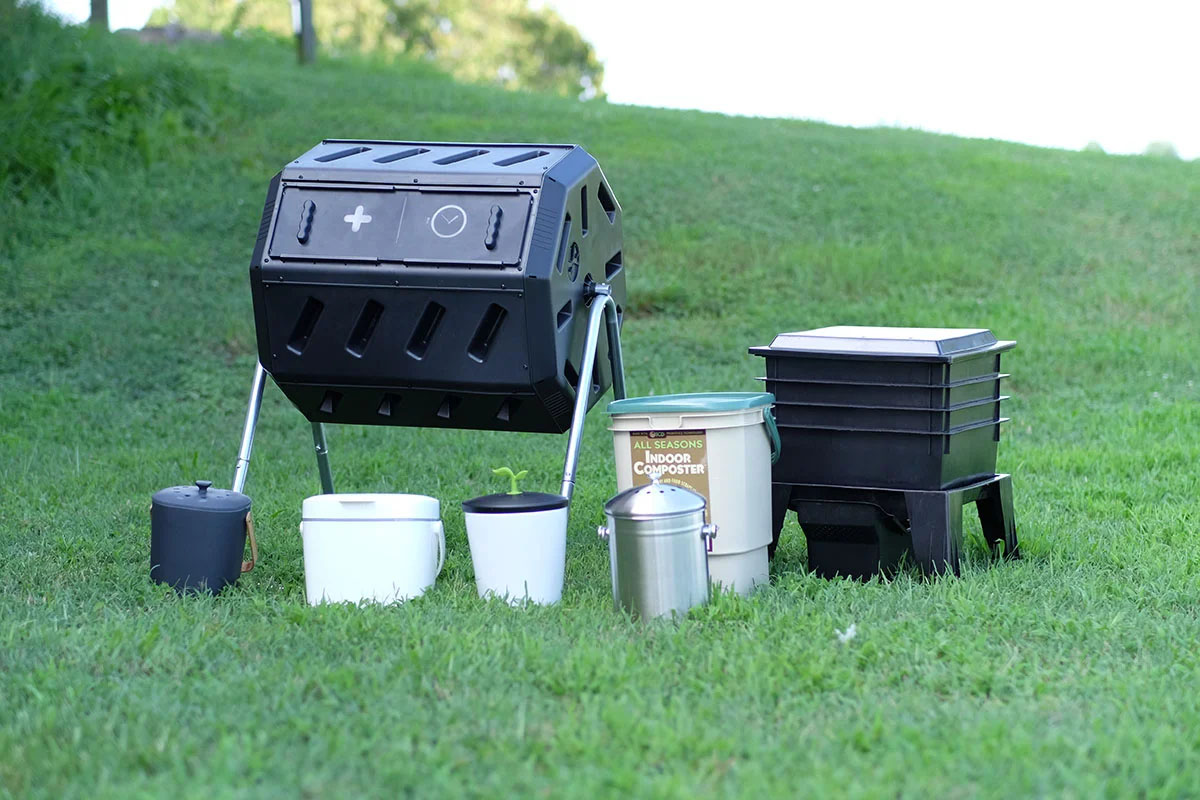
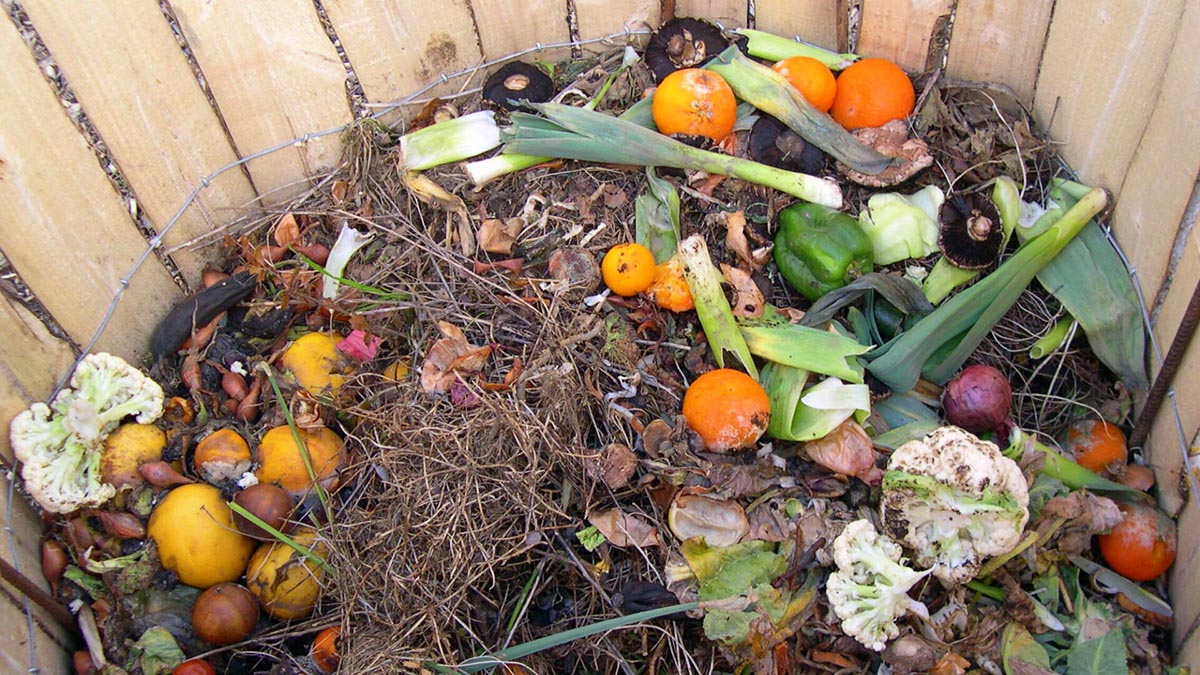
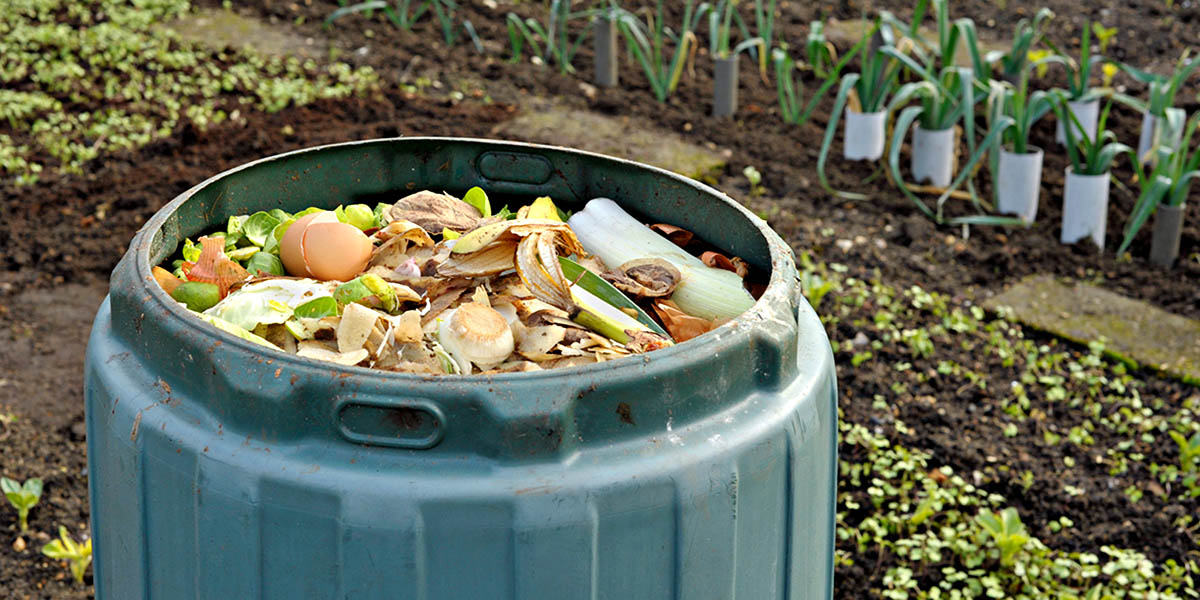
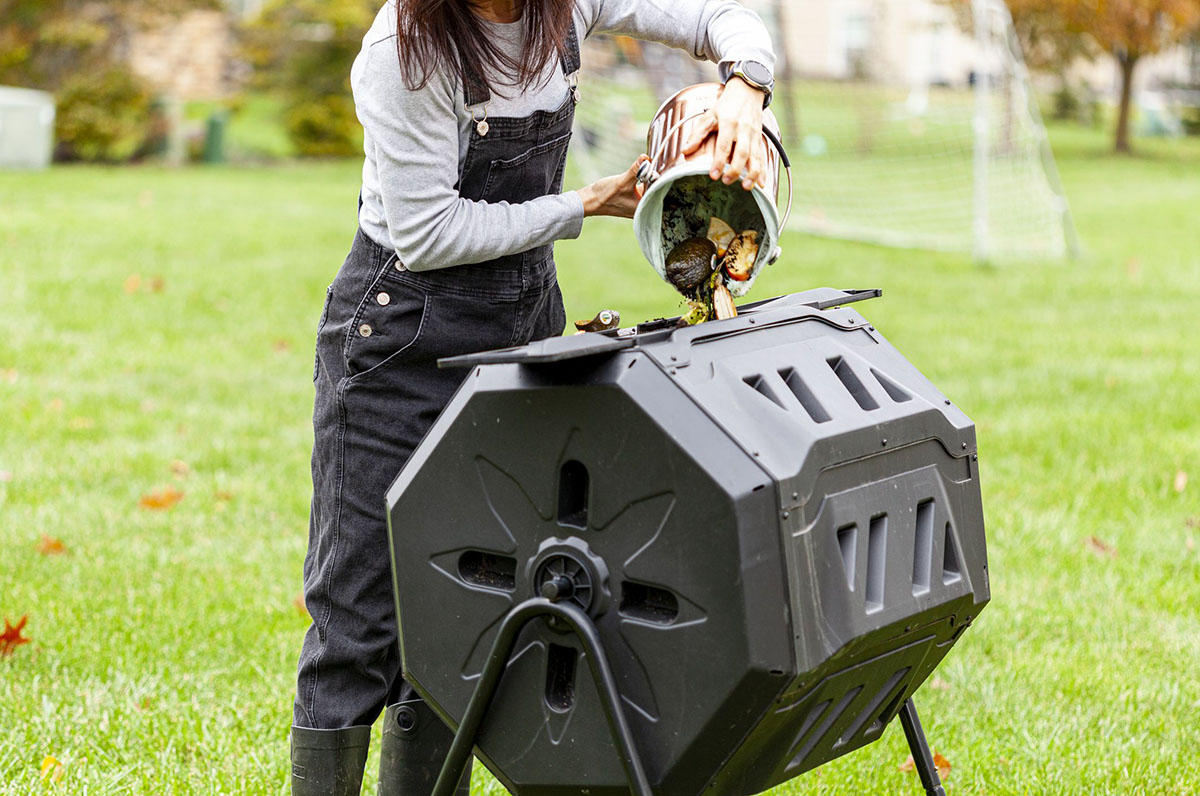
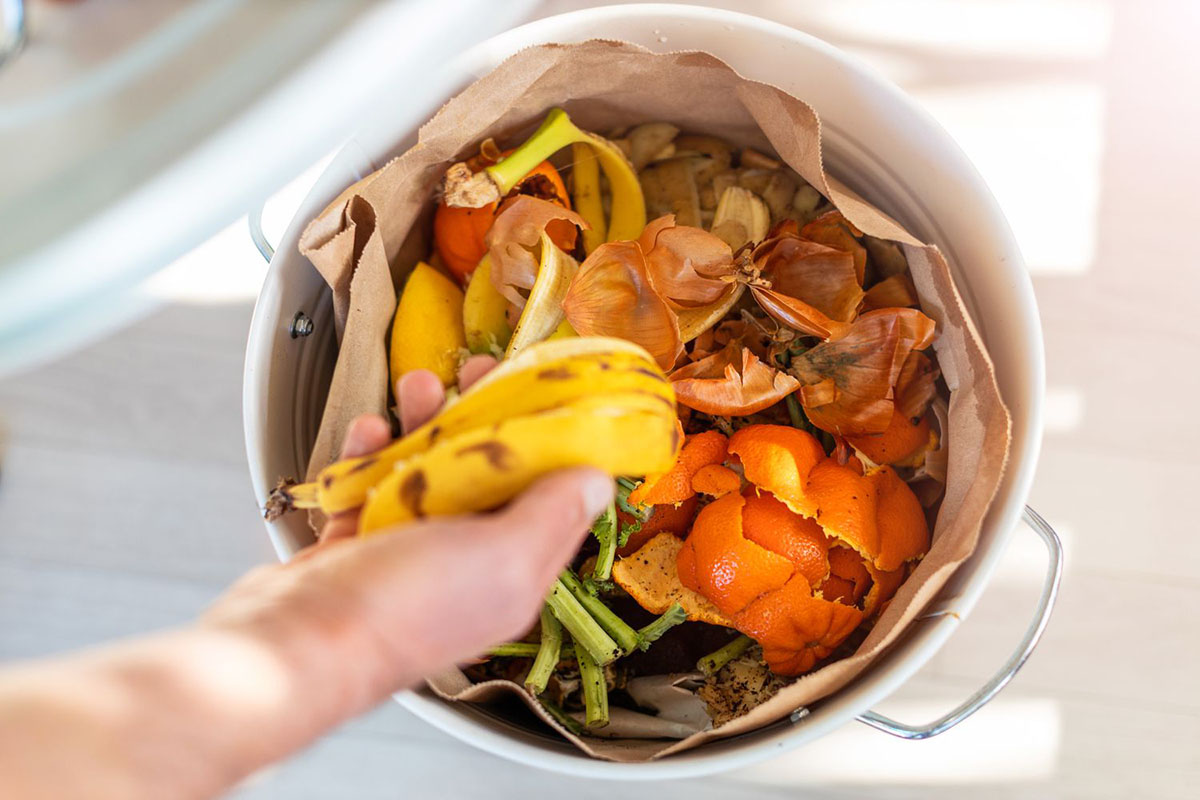
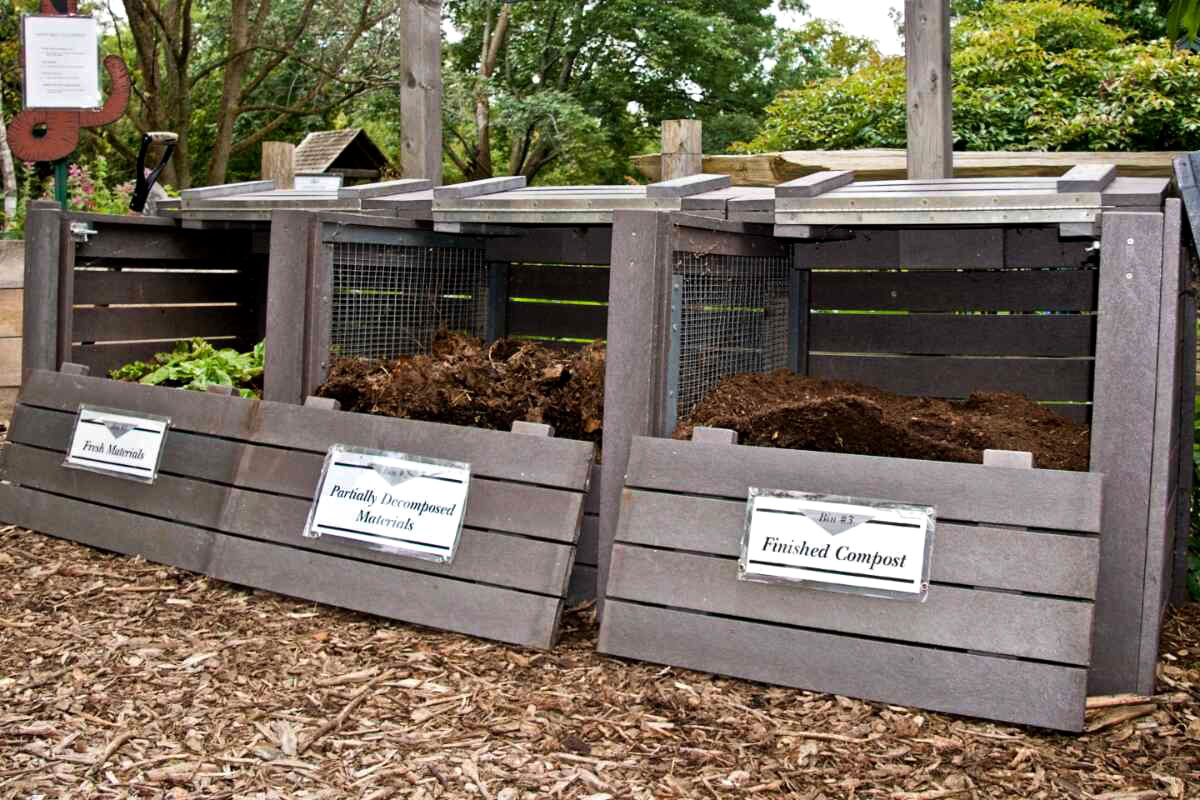
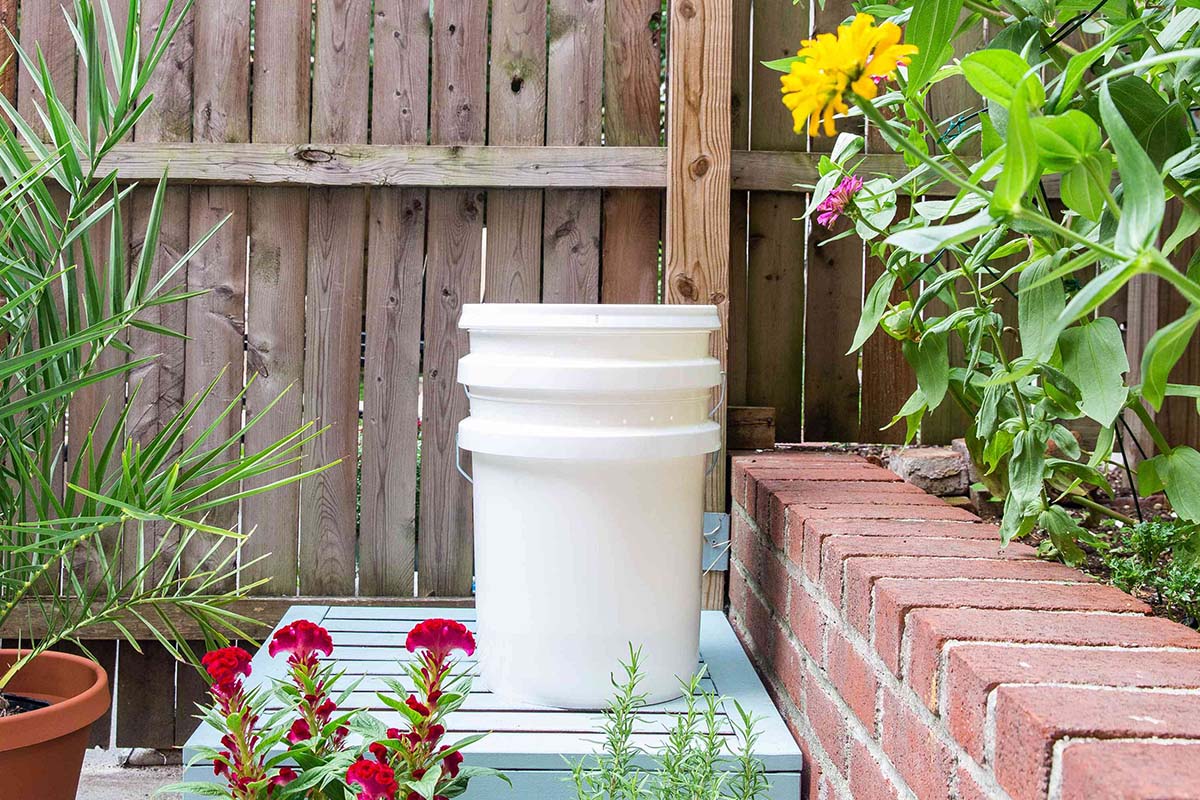
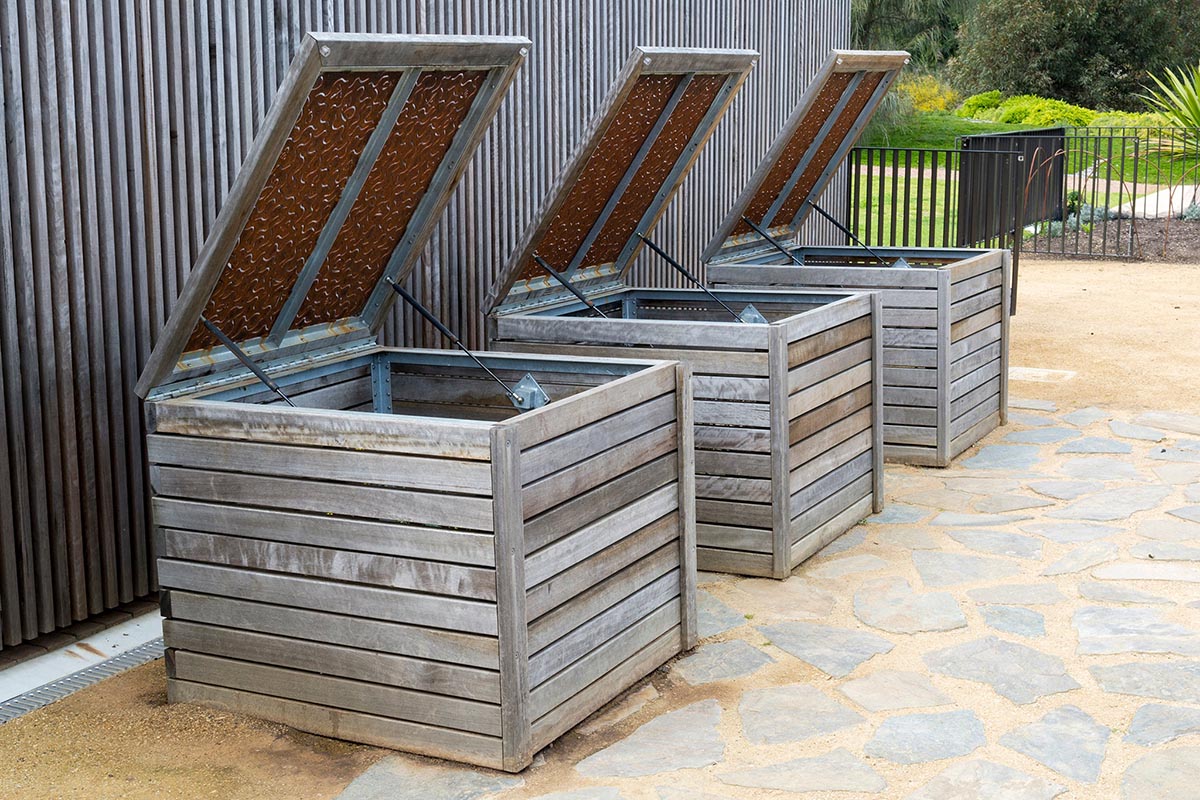
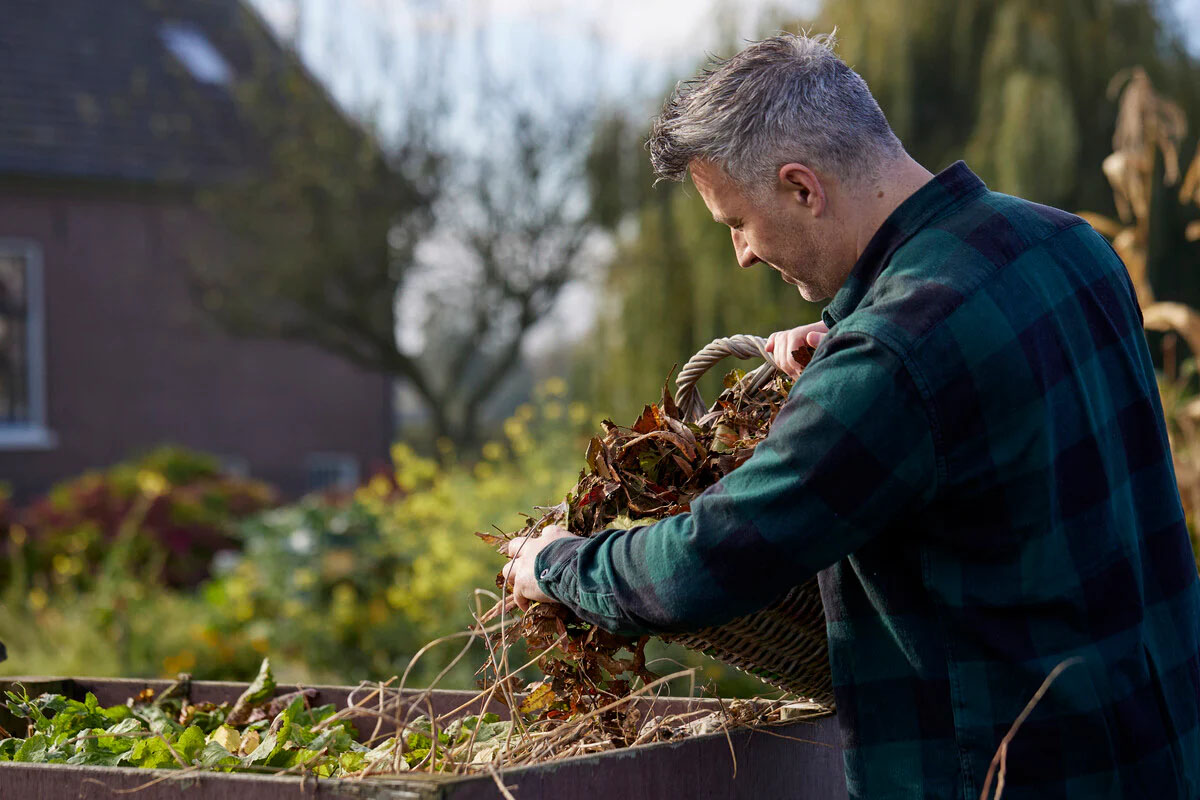
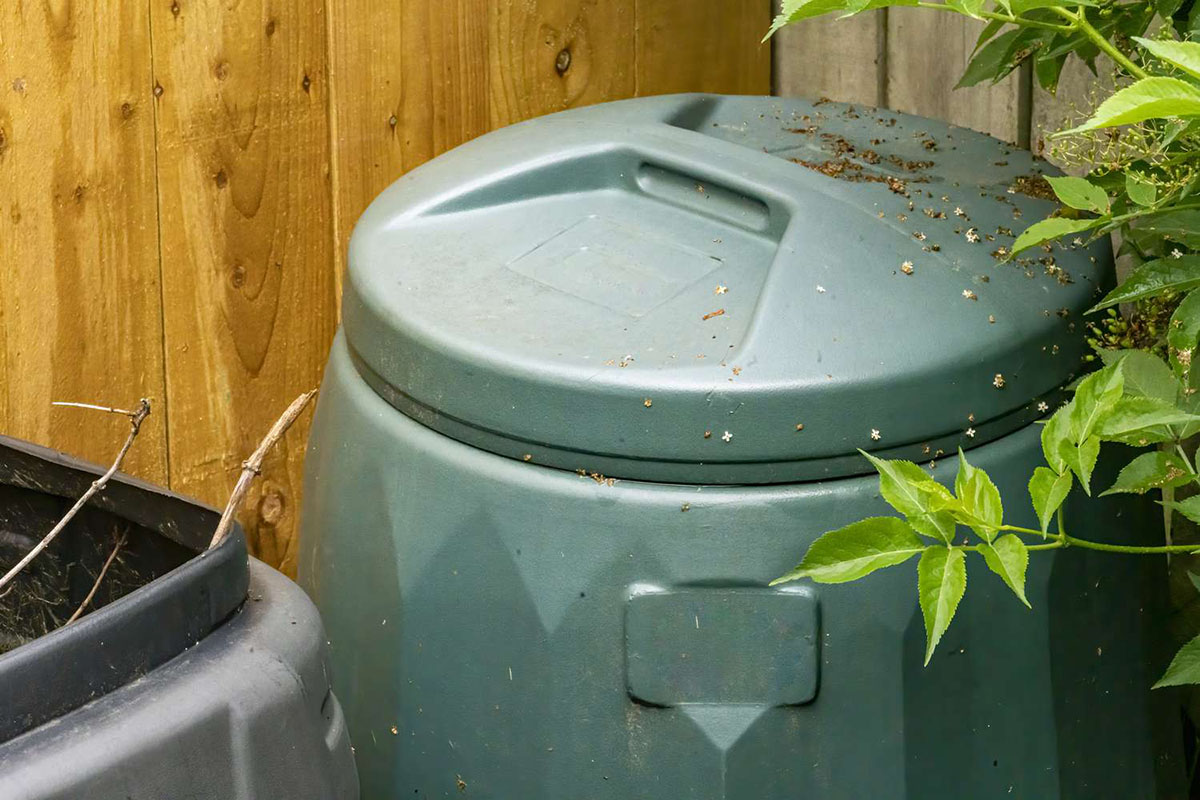
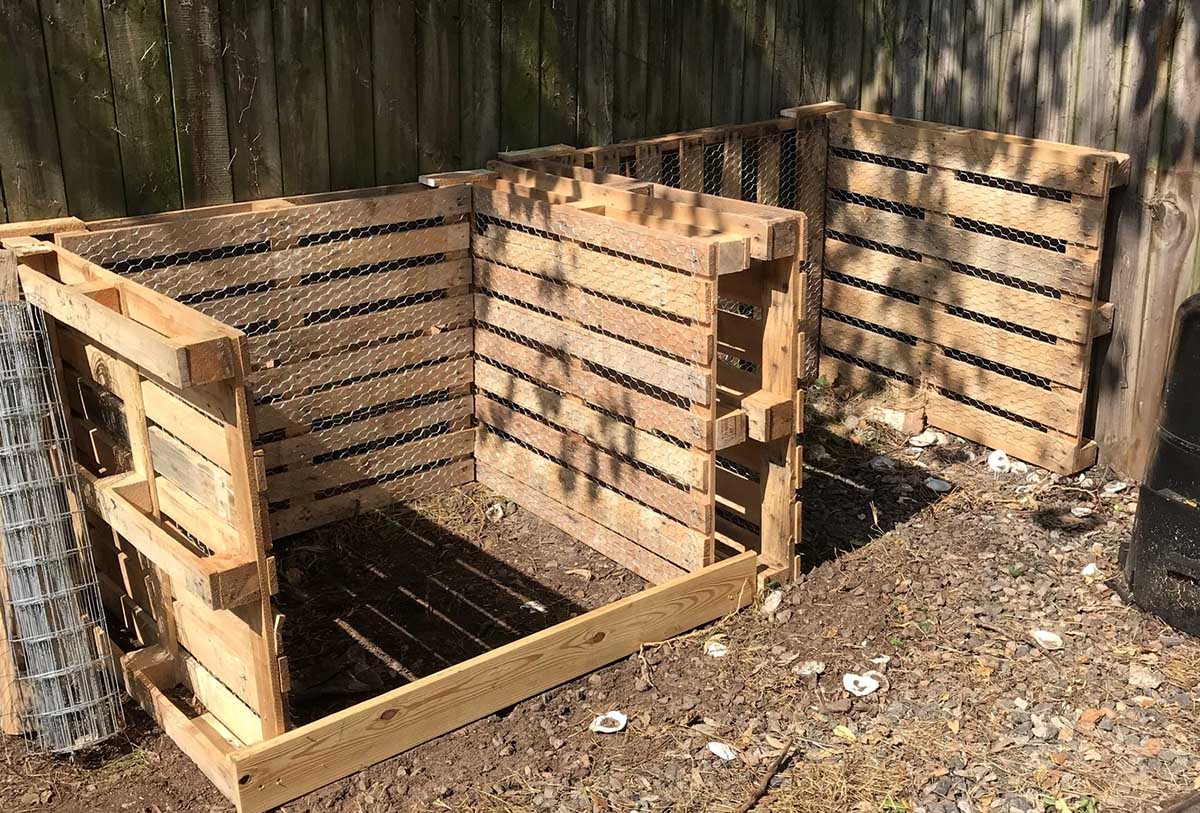

0 thoughts on “What Is A Compost Bin”